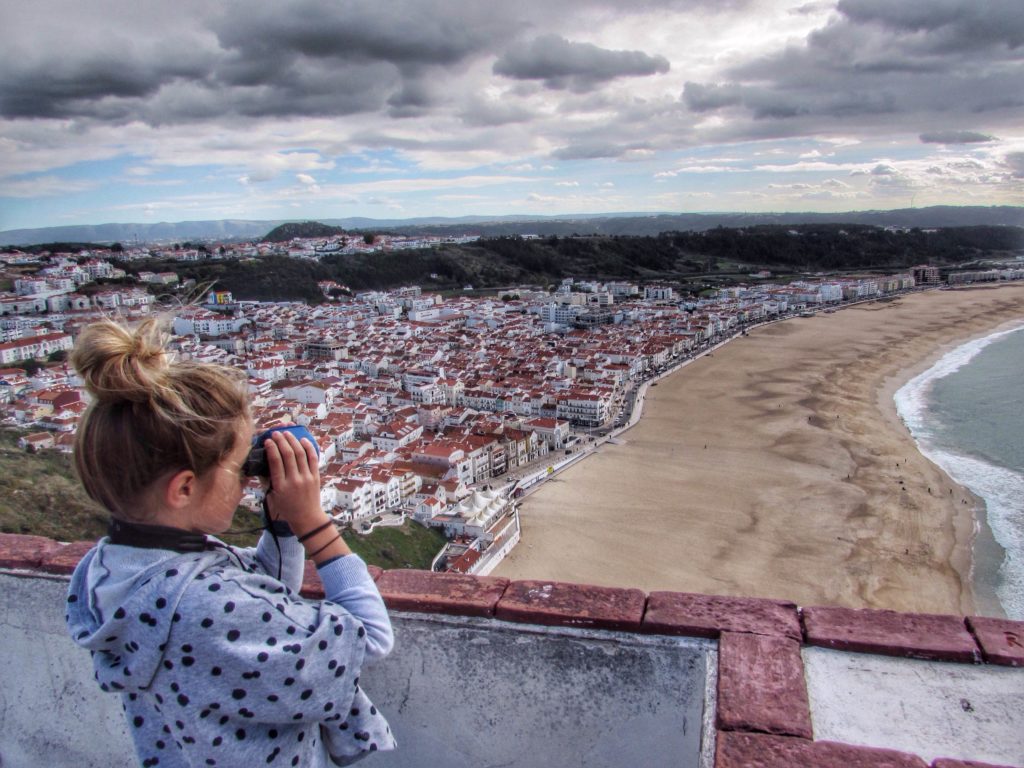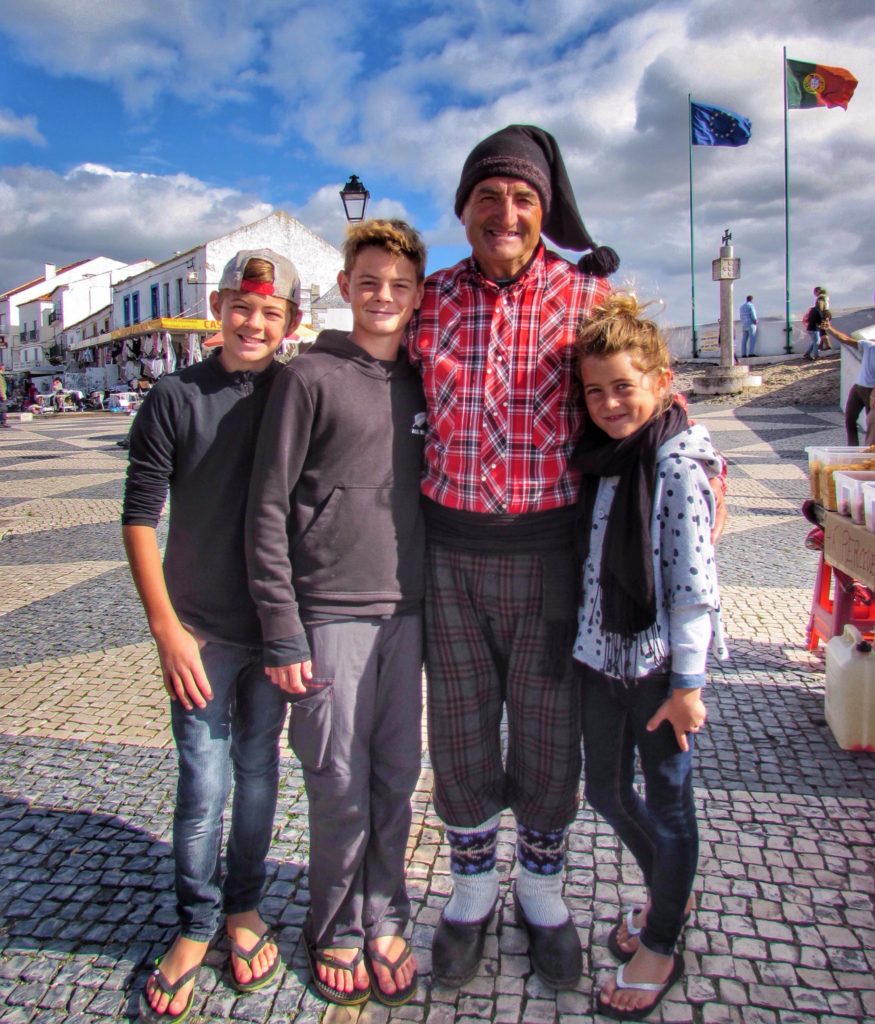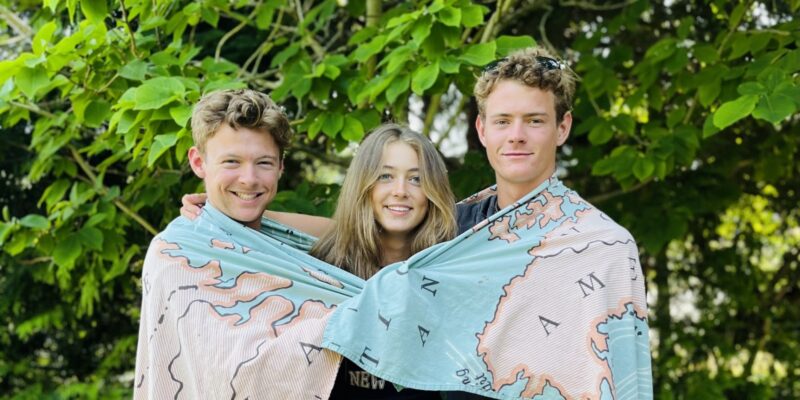How does one live an eternal idea in a daily way? -Yann Martel, The High Mountains of Portugal
In 2014, on our way to Santiago de Compostela, we zipped up the West Coast of Portugal much too quickly. One detour we made was to the village of Nazare. As we snaked down the cliffs of Salgado Beach and approached Nazare for the first time, there was an almost palpable mysticism.
After just a few hours exploring, we were on our way to Spain. As we pulled away from the crashing sea, I couldn’t shake the feeling that I was leaving a part of myself behind. I have had that feeling only a handful of times on this journey, and at that moment, I knew we would be back.
Enchanting to The Senses
The town we are currently calling home, Sao Martinho do Porto is just 10 miles from Nazare, and the more time we spend there the more enchanted we become. The ocean is central to the legends of Nazare, both past and present.
Last Sunday, in an effort to get beyond the tourist sites and trinket shops, we went to mass at Santuário de Nossa Senhora da Nazaré (Sanctuary of Our Lady of Nazaré). We stood in the back of the church originally constructed in 1377, as candle wax, frankincense, and Portuguese prayers overwhelmed our senses. As we exited into the bright sunlit square, we watched families greeting and walking down the cobbled streets to the town below for Sunday lunch. Slowly, and with each passing day, we learn more about this legendary town …
In 1182, local nobleman Dom Fuas Roupinho was hunting through the fog and stopped just short of the edge of the cliff where his deer vanished. Just as he was about to fall to his death, he cried out to Our Lady of Nazaré who appeared before him and stopped his horse. Roupinho ordered a chapel to be built in honor of this miracle. Even today it attracts many pilgrims and we saw the entire tale depicted in hand-painted tiles and even the supposed footprint of Roupinho’s horse engraved in a stone found in the crypt below the chapel.
The traditional skirts we saw some older women wearing at church have a long history. The fisherman’s wives and daughters wear 7 petticoats. Some say the skirts represent the 7 days of the week, the 7 colors of the rainbow, the 7th wave in a set that is said to be the most tranquil for getting to shore. Whatever the number 7 represents, there is no denying the deep-rooted traditional aura of the women owning this ensemble.
The men we spotted were wearing plaid shirts and long stocking caps that many stash their cigarettes in to keep them dry. Some fishermen sit on the beach and mend their nets, others are out fishing, and some are selling traditional cakes. As recently as 1986, the fishing boats were hauled up on the beach by oxen.
Although tourists flock to Nazare during the summer holidays, only recently have the winter waves gained enough momentum on the global scene to create a magnetism year-round. The Nazare canyon break was relatively unknown outside of Europe until November of 2011 when Hawaiian surfer Garrett McNamara surfed a record-breaking giant wave measuring 78 feet from trough to crest. In January of 2013, he broke his own world record, surfing an estimated 100-foot wave. Nazare is on the World Surf League’s Big Wave Tour making modern-day legends in this small historic town.
Storytelling is Alive and Well
With a modern marina, surf weather cameras, mobile applications like Surfline, and heightened tourism, many of the ancient traditions have changed but the legends are still alive and people love to tell them. The art of storytelling is what keeps the past and present barreling into the future without losing itself. That is the secret. That is why we came back to Nazare. This village has reminded us that storytelling is the way to live an eternal idea in a daily way. It seems so simple and yet so legendary!
We would love it if you shared this with someone …
Today’s Tweetable: Nazare Legends Now and Then






